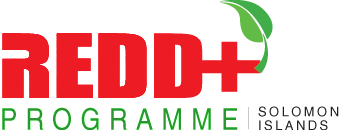Forests cover nearly 80% of the land area of the Solomon Islands, and almost all are privately owned. The annual rate of deforestation has remained at around 0.2% for the past few decades. Primary forests make up half of the country’s forest area, and only 1% are plantations (FAO, 2015).
Deforestation due to commercial Agricultural expansions like palm oil plantation, cocoa or infrastructure development, mining and subsistence farming contributes to the removal of forests in the Solomon Islands.
Illegal logging is a serious problem in the country. In 2015, the government announced a renewed effort to crack down on illegal practices in the forest sector (Solomon Star News, 2015).
What are the drivers of Deforestation?
The direct and indirect causes of forest conversion. These vary in scale from local pressures to global macro-economic incentives, and are often the product of complex interactions between social, environmental and political factors.
In the Solomon Islands, the main driver of deforestation is unsustainable commercial logging. Another increasingly important cause of deforestation is expansion of industrial plantations, mainly for oil palm. Mining and infrastructure developments are also causing deforestation. During the period 1990 to 2010, Solomon Islands lost an average of 5,550 hectares or 0.24% per year (change in forest cover). In total, between 1990 and 2010, Solomon Islands lost 4.8% of its forest cover, or around 111,000 hectares.
The Deforestation rate in the Solomon Islands is relatively low compared to other countries like PNG, Indonesia, Malaysia and Brazil and the major drivers of deforestation and degradation are;
|
|
Within the Forest Sector
|
Outside the Forest Sector
|
|
Direct
|
|
|
|
Indirect
|
|
|
Deforestation is defined as the conversion of forest to another land use.

